Getting plenty of traffic but sales still aren’t growing? Spending more on ads while ROI stays flat? The issue might not be your products, it’s your Shopify conversion rate that needs attention.
| What you’ll learn in this article: ● What Shopify conversion rate mean ● The average conversion benchmarks ● Key factors that influence conversions ● Practical tips to improve performance |
Shopify conversion rate measures how effectively your store turns visitors into customers. It’s the percentage of people who land on your Shopify site and end up completing a purchase, a clear sign of how healthy your sales funnel really is.
In simple terms, it tells you how persuasive your store is. When you attract plenty of traffic but few sales, that’s your conversion rate telling you something’s off, maybe in product trust, pricing, or the buying experience.
The formula is straightforward:
Shopify Conversion Rate = (Number of Orders ÷ Total Store Visits) × 100%
Example:
If your Shopify store has 5,000 visits in a month and 100 of those visitors purchase, your Shopify conversion rate is:
100 ÷ 5,000 × 100% = 2%
This means 2 out of every 100 visitors converted into paying customers.
Industry data shows that most eCommerce conversion rates between 2.5% and 3% on average. That’s a healthy starting point, but it shouldn’t be your ceiling; it’s the baseline you build from as you test and refine your conversion strategies.
| Niche Market | Conversion Rate (August 2021) |
|---|---|
| Pet Care | 3% |
| Cars and Motorcycling | 1.59% |
| Kitchen and Home Appliances | 2.86% |
| Sports and Recreation | 1.54% |
| Food and Drink | 2.06% |
| Fashion Clothing and Accessories | 1.63% |
| Health and Wellbeing | 3.04% |
| Arts and Crafts | 3.06% |
| Home Accessories and Giftware | 1.06% |
| Electrical and Commercial Equipment | 0.78% |
| Baby and Child | 0.39% |
According to a detailed Shopify analytics study by Littledata, the average Shopify conversion rate sits around 1.4%. Stores achieving 3.2% or higher are already performing in the top 20%, while those exceeding 4.7% rank among the top 10% of all Shopify stores.
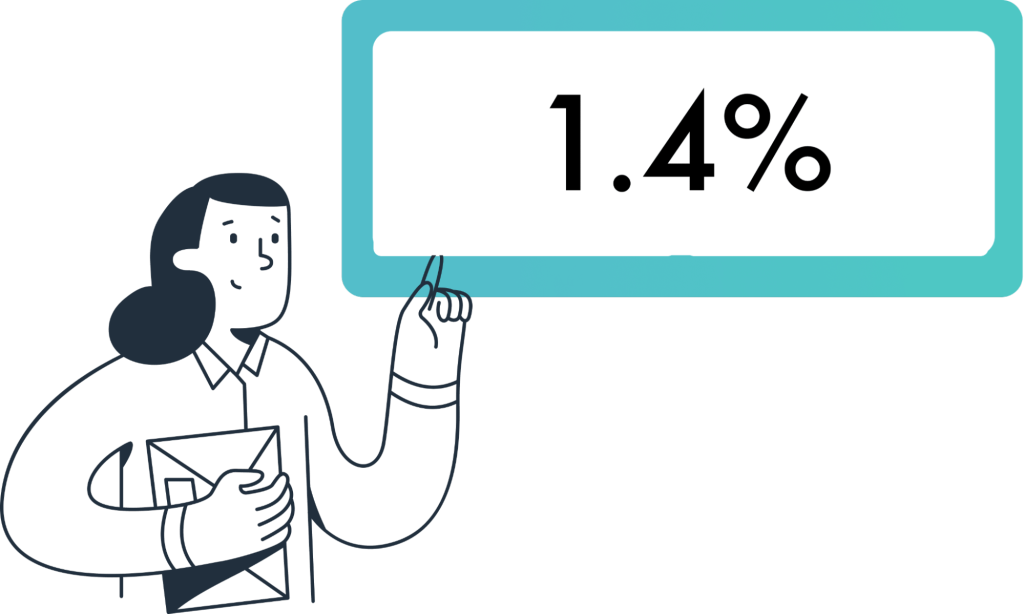
Your Shopify conversion rate doesn’t depend on luck; it’s shaped by the details. From how fast your site loads to how smooth checkout feels, every small element influences whether visitors buy or bounce.
When your site loads slowly, customers bounce, simple as that. Even a one-second delay can hurt your Shopify conversion rate by up to 40%, because shoppers today have zero patience for lag.
That’s why speed is your silent salesman. Optimize images, use Shopify’s built-in speed reports, and ditch heavy scripts you don’t need. The faster your store feels, the more trust it builds instantly.
More than 70% of Shopify traffic comes from phones, so if your site isn’t mobile-friendly, you’re losing money before checkout even starts. Shoppers expect smooth scrolling, clear buttons, and fast payments.
Think about it, when mobile feels clunky, people abandon carts fast. By refining your mobile UX, you’re directly feeding oxygen to your Shopify conversion rate.
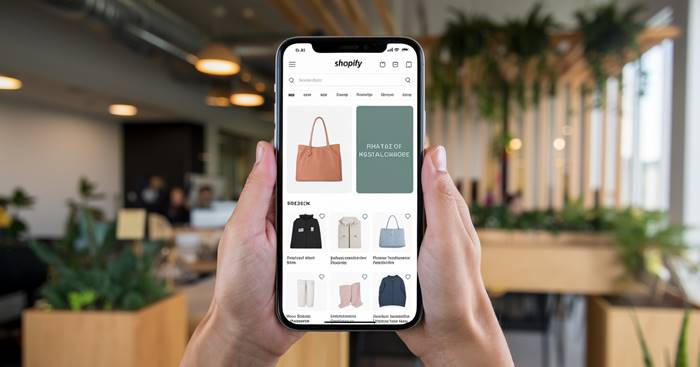
Your checkout should be the smoothest part of the journey, not a maze. Forcing account creation or adding too many fields makes buyers hesitate and often quit before paying.
Instead, make it frictionless. Offer guest checkout, save shipping info, and use clear progress bars. These small tweaks can lift your Shopify conversion rate faster than any ad spend.
Your product pages are your silent sales team. Poor photos, weak descriptions, or missing details instantly erode buyer confidence, and you can see that reflected in your Shopify conversion rate.
So polish every detail. Use high-resolution images, clear benefit-driven copy, and transparent pricing. When customers understand what they’re buying, they don’t need convincing.
Even the best store struggles without the right offer. Discounts, free shipping, or limited-time deals give customers the final push they need to convert.
But it’s a balance, too many promotions can hurt brand trust. Instead, use strategic incentives that feel rewarding, not desperate, and you’ll see your Shopify conversion rate rise naturally.
People trust people more than ads. Reviews, testimonials, and trust badges all work as powerful cues telling visitors, “This store delivers.”
That’s why every high-converting Shopify brand showcases real experiences. The more genuine proof you show, the stronger your credibility, and the healthier your conversion rate.
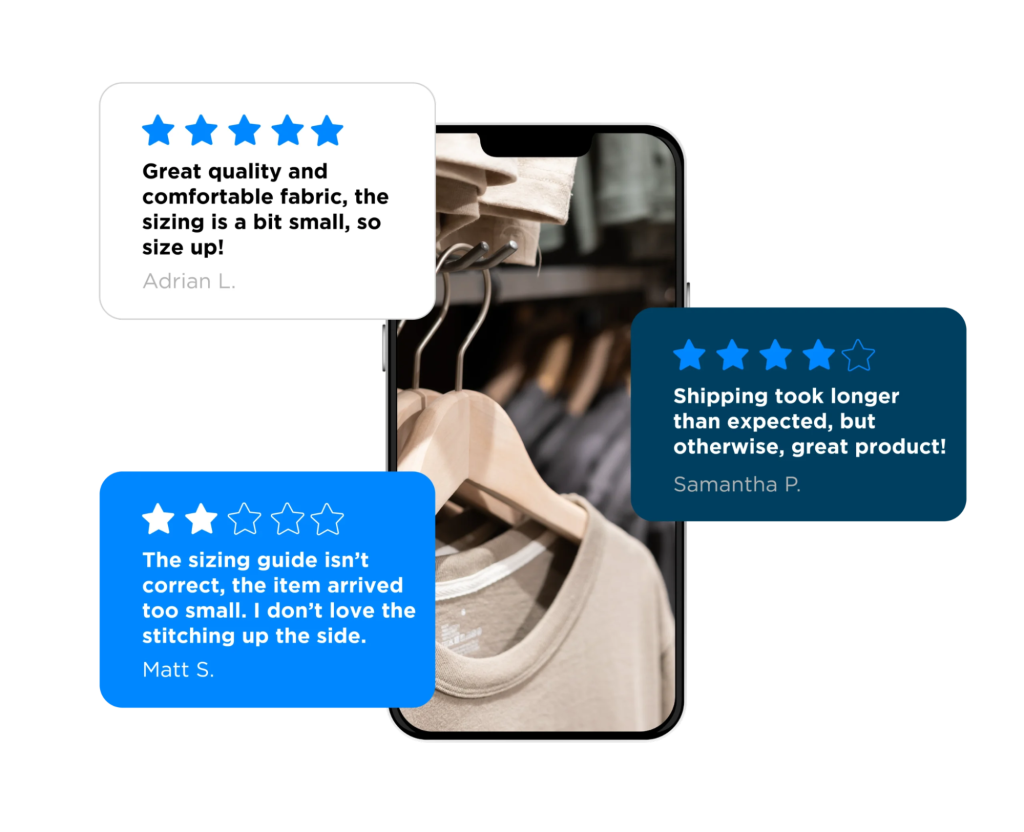
Not all traffic is equal. Cold audiences from random ads rarely buy on the first visit, while returning or organic visitors convert up to 3x higher.
So instead of just chasing clicks, focus on attracting the right people. When your traffic matches your offer, your Shopify conversion rate improves without even changing your site.
Every small change counts, and that’s the essence of Shopify conversion rate optimization. Here’s how leading stores turn those tweaks into real sales growth.
Your eCommerce platform defines how easily you can grow, how much you spend, and how fast your site runs, all of which directly affect conversions. A strong foundation like Shopify keeps your store stable while minimizing costs over time.
A global consulting study found that Shopify outperforms competitors by 33% in total cost of ownership, 23% in platform costs, and 19% in maintenance. It also reports conversion rates up to 36% higher than other platforms. Features like Shop Pay alone can increase conversions by up to 50% compared with guest checkout, giving shoppers the confidence to complete their purchase faster.
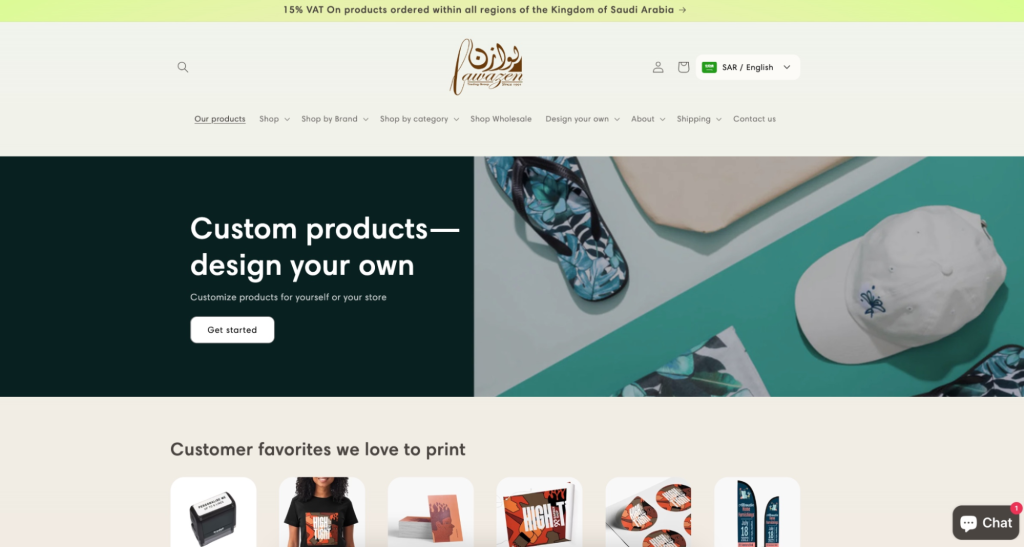
Before improving your conversion rate, you need to know where you stand. Setting benchmarks helps you measure progress and identify the points in your funnel that need attention.
Shopify makes this easy with a full analytics suite:
Using these insights, you can set realistic goals for your Shopify conversion rate and track the exact changes that move your numbers.
The key to growth isn’t guessing, it’s observing. With the right conversion rate optimization tools, you can see how visitors behave, what catches their eye, and where they hesitate.
Apps like Hotjar, Lucky Orange give you heat maps, scroll maps, and even session replays to visualize user behavior.
A fast site doesn’t just look good, it feels trustworthy. Shoppers expect pages to load instantly, and every extra second of waiting gives them another reason to leave.
Speed improvements often bring instant results. Stores that compress images, clean up apps, and use Shopify’s built-in CDN consistently see more shoppers stay, browse, and buy. When your store feels effortless to use, your Shopify conversion rate naturally rises with it.
Checkout is where conversions live or die. The Baymard Institute reports an average 70% cart abandonment rate, with 18% of users quitting because the process feels too long or confusing. That’s a massive opportunity to fix friction and recover sales.
Simplify checkout with:
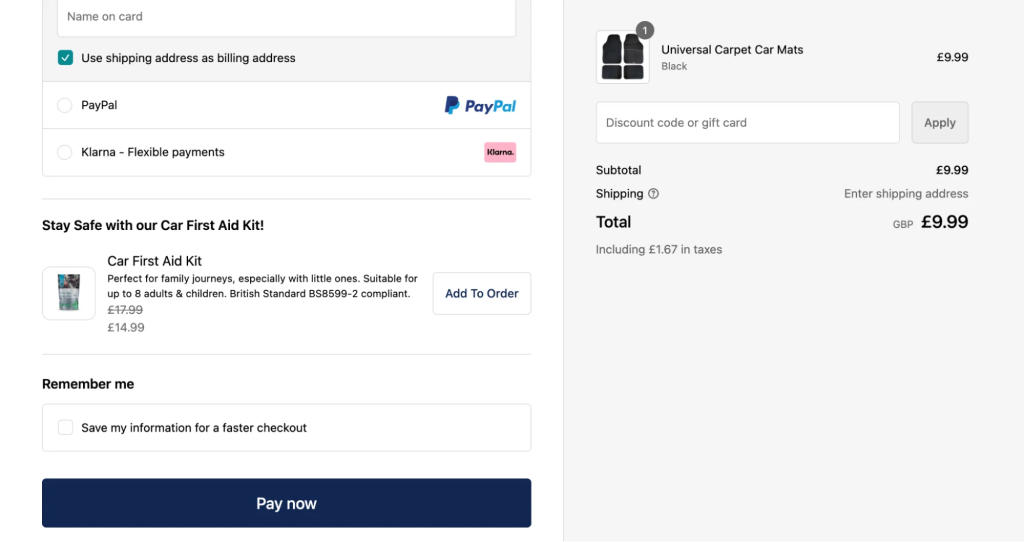
To take it a step further, tools like Blockify Checkout are designed to reduce friction and create a smoother checkout flow, helping you capture more completed orders and lift your overall Shopify conversion rate.
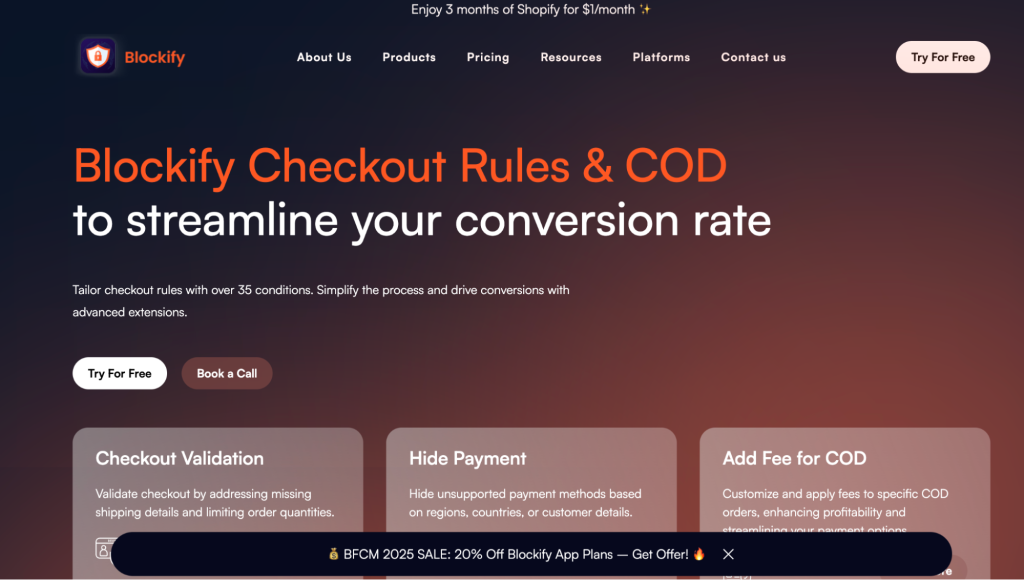
Your product page is where curiosity turns into intent. It’s not about listing specs; it’s about showing value, helping shoppers picture how the product fits into their life.
Use clear visuals, concise benefits, and honest language that builds confidence. Strong photos, meaningful descriptions, and a sense of trust turn quiet browsers into buyers ready to check out.
Trust is what turns hesitation into a sale. When shoppers feel safe, they’re more likely to complete their purchase without second thoughts. Every detail from your payment security to visible trust signals shapes that confidence.
For a stronger layer of protection, tools like Blockify Fraud Filter & Blocker can help. This app detects and blocks high-risk IPs, fraud countries, and proxy/VPN users in real time. It also auto-cancels fraudulent orders, tracks visitor analytics, and prevents bot activity or content scraping. With features like country blocking, checkout filters, and AI-powered fraud detection, Blockify helps you keep revenue clean while maintaining customer trust.
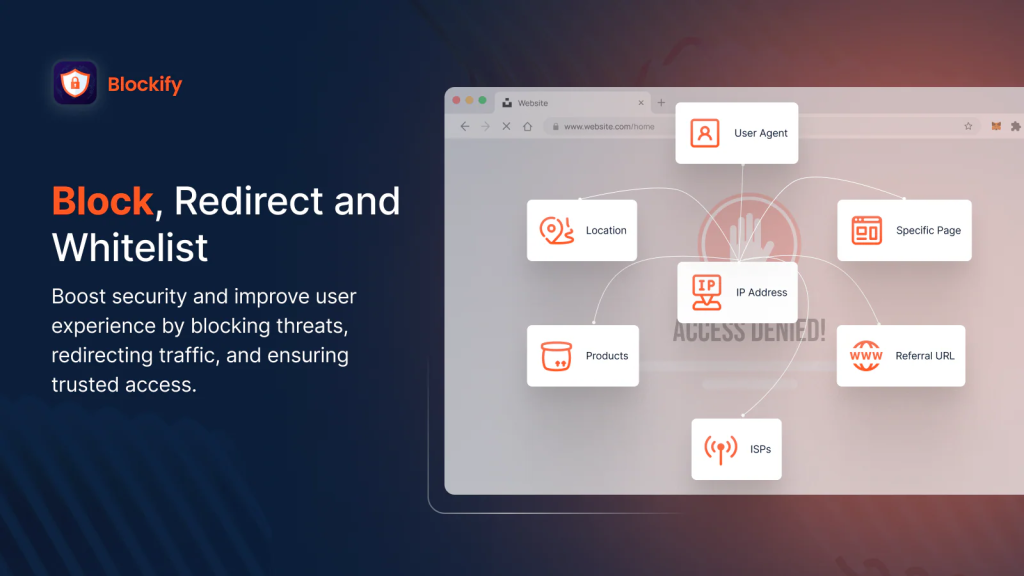
Mobile shoppers now dominate eCommerce. Statista reports that over 70% of retail traffic comes from mobile devices, and Shopify’s own research shows mobile users convert faster when the experience feels smooth and intuitive.
Focus on:
When your site is designed for thumbs, not clicks, you remove friction and help mobile users convert with confidence.
Not every visitor buys on the first visit. That’s where retargeting and personalization make all the difference. A report from Epsilon found that 80% of consumers are more likely to purchase when brands offer personalized experiences.
Start small: tailor messages based on browsing history, use Shopify’s built-in email automation for abandoned cart reminders, and offer relevant discounts to returning customers. When your communication feels personal and timely, your Shopify conversion rate improves naturally, not through more traffic, but through better connection. Integrating targeted AI upsell emails can further strengthen this approach by re-engaging shoppers with products they’re most likely to purchase.
Conclusion
Improving your Shopify conversion rate isn’t about chasing trends, it’s about understanding your shoppers and removing every barrier that slows them down. Whether it’s faster load times, better product storytelling, a friction-free checkout, or tools like Blockify for fraud prevention, each improvement compounds over time.
Keep testing, keep refining, and let data guide your decisions. The best Shopify stores don’t rely on luck; they build experiences that make buying easy, safe, and satisfying. When trust and performance align, conversions follow, and that’s where lasting growth begins.